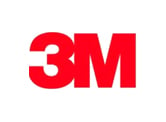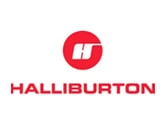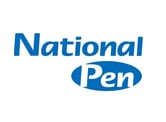Desktop Hybrid Fiber Laser Marking System

- Home
- Applications
- Laser Marking Aluminum
Introduction to Laser Marking Aluminum
Laser marking technology has revolutionized how industries approach aluminum component identification and traceability. Aluminum's inherent properties make it particularly well-suited for laser marking processes, creating opportunities for precise, permanent marking across diverse industrial applications.
The versatility of laser marking on aluminum spans numerous high-precision industries. In aerospace, laser-marked components ensure critical traceability throughout the supply chain. Automotive manufacturers rely on permanent laser marking for part identification and production tracking. Medical device producers utilize laser marking to meet stringent regulatory requirements for device identification, while the electronics industry depends on precise marking for component identification and assembly guidance.
The effectiveness of aluminum laser marking stems from fundamental material properties and laser-material interactions. The 1064nm wavelength commonly used in fiber laser systems exhibits optimal coupling with aluminum substrates, enabling efficient energy transfer. This wavelength-material interaction, combined with sophisticated pulse shaping capabilities, allows precise control over the marking process and resultant material changes.
Aluminum's diverse alloy compositions present both opportunities and challenges for laser marking. Different alloy elements can affect laser absorption characteristics and marking response. Surface finish variations, from polished to anodized surfaces, require appropriate parameter adjustments to achieve consistent results. The material's thermal conductivity influences heat-affected zone dimensions and marking speed capabilities.
Marking Options
Ablation: Ablation-type marking removes a thin layer of material from the part's surface. Marking depths are only microns into the surface, and the mark usually looks white or frosted.
Annealing: Generate high-contrast marks through thermally-induced oxide formation.
Surface: Engraving vaporizes material from the surface of the part and can provide depths of several thousandths of an inch. Engraving generally requires several marking passes, with each pass vaporizing a thin layer of material from the part.
Laser Marking Aluminum on our Blog
Laser Marking and Engraving Aluminum
Laser Marking Aluminum: Applications and Specifications
Laser Marking Machines
Some of Our Clients







